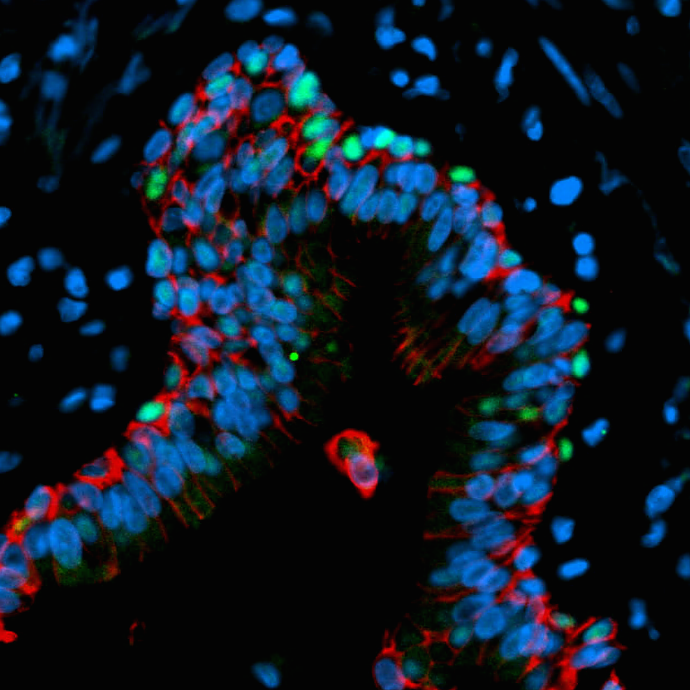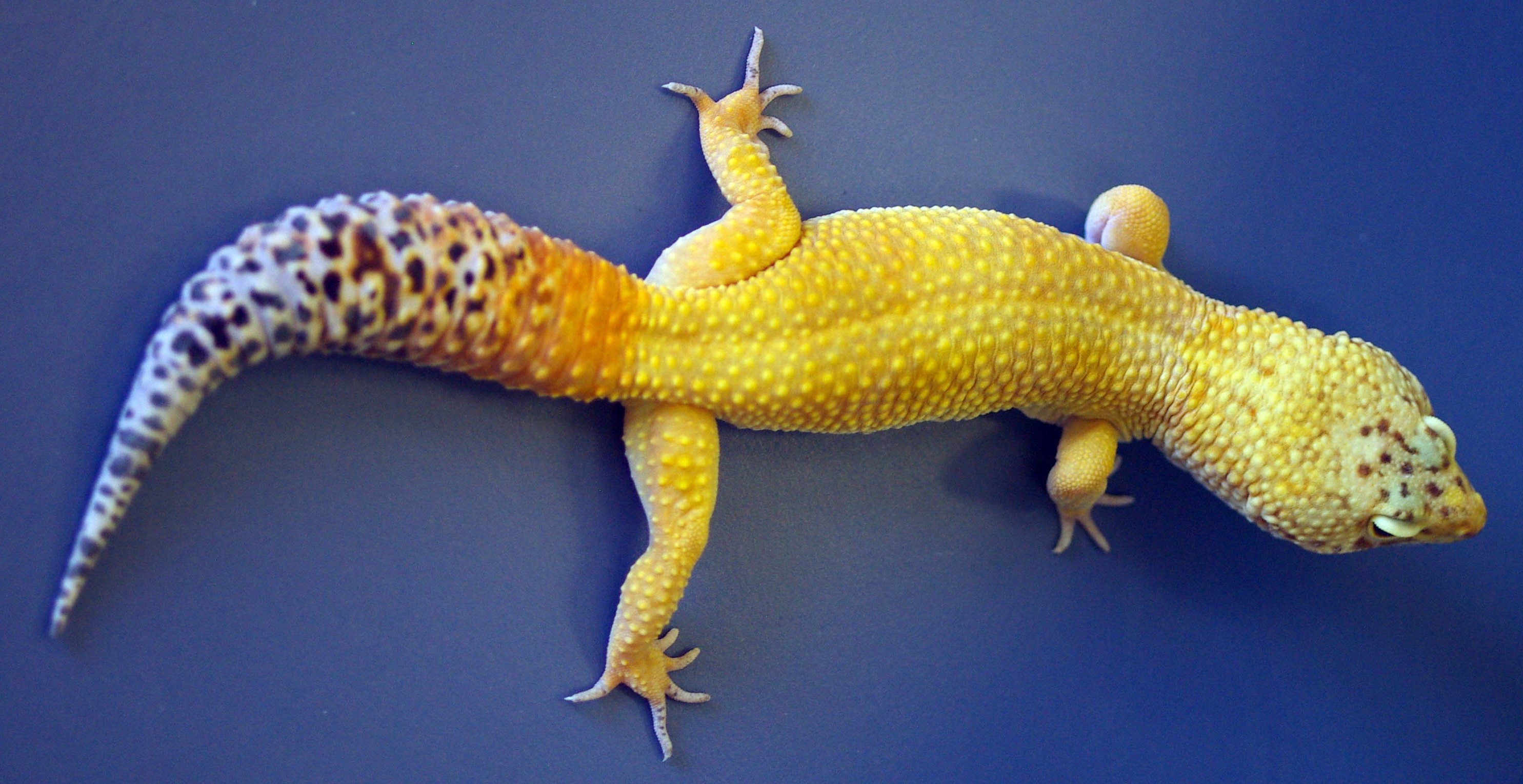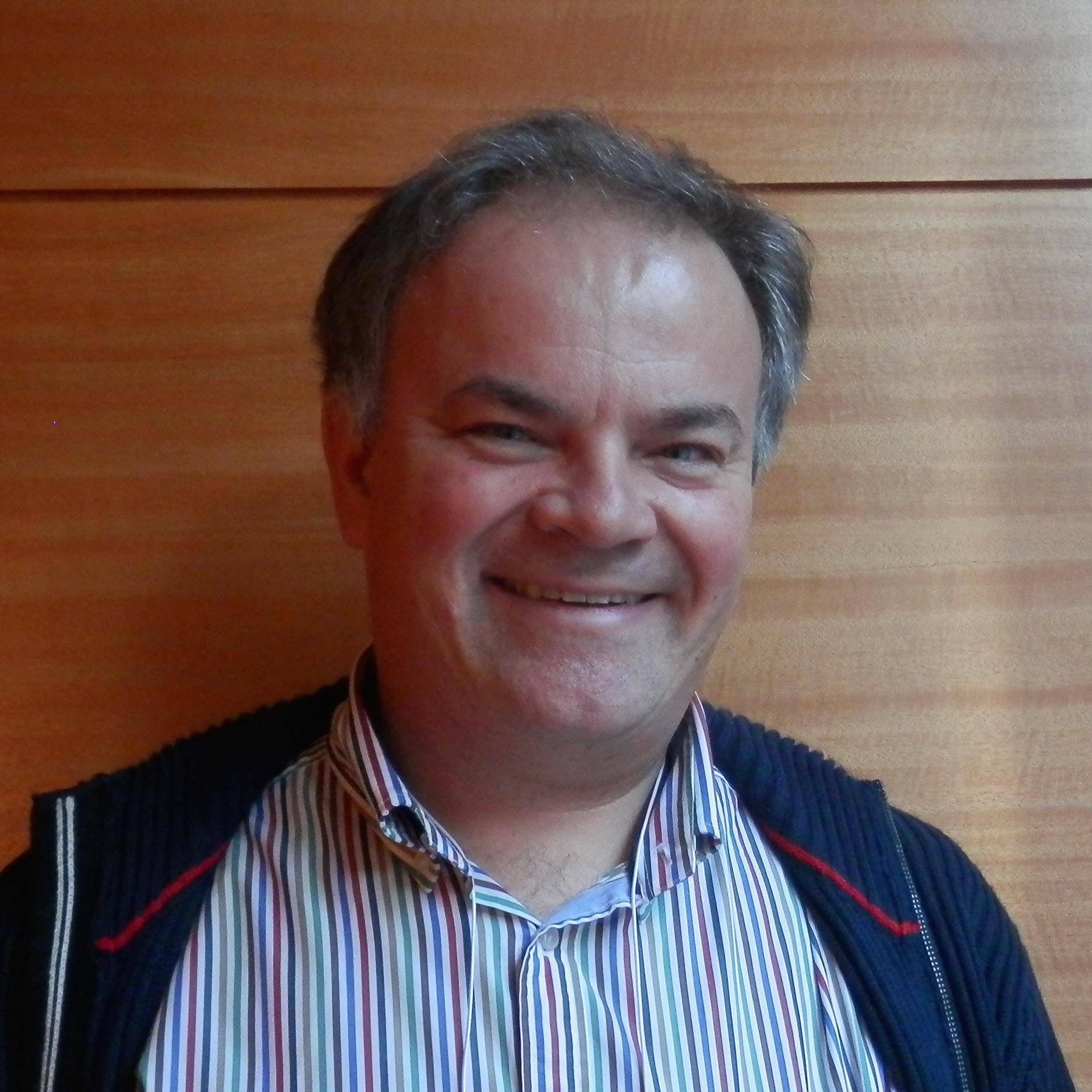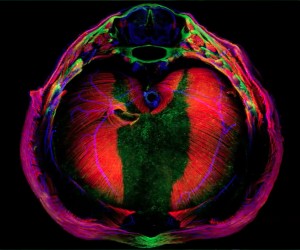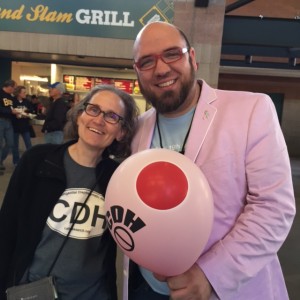Closing Date: 15 March 2021
A tenure track position is available for a dental-oral-craniofacial (DOC) developmental biologist to establish an independent research program in the Craniofacial and Skeletal Diseases Branch, NIDCR, NIH. Outstanding individuals working on any aspect of basic DOC biology (such as craniofacial development, development of periodontal and tooth-related tissues, and osteoimmunology), willing to contribute to the design of strategies to repair or regenerate DOC tissues lost as a consequence of pathologies or trauma, will be considered. Under the leadership of Pamela Gehron Robey, Ph.D., the Craniofacial and Skeletal Diseases Branch focuses on gaining an in-depth understanding of the skeleton, defined as bone, cartilage, teeth, and their associated soft tissues (bone marrow, periodontal and oral tissues, tendons). In addition to a strong portfolio in basic research, the Branch is actively engaged in translational and clinical studies, in line with NIDCR’s expanding clinical efforts in craniofacial anomalies and regeneration.
The Branch is located on the main intramural campus of the NIH in Bethesda, Maryland, just outside Washington, DC. On the NIH campus, ~1000 principal investigators including world-renowned experts in basic, translational, and clinical research, and ~5000 trainees pursue common goals, to seek fundamental knowledge about living systems and use that knowledge to enhance health and reduce illness. The NIH offers Principal Investigators the opportunity to mentor outstanding trainees at diverse levels, from post-baccalaureate and graduate students to post-doctoral fellows.
Candidates must have a Ph.D., M.D., D.D.S./D.M.D., D.V.M, D.O. or equivalent doctoral degree, as well as comprehensive, advanced training and a record of accomplishment. The position will be supported with independent resources commensurate with experience and programmatic needs, including positions for pre-doctoral and post-doctoral fellows, and a budget for consumables and equipment. Interested applicants should submit a single PDF document containing a Curriculum Vitae (please include a brief description of expertise gained in previous positions), a list of publications, a summary of research accomplishments, a plan for future research including a core research question (three page limit), the names and contact information of three people who are submitting letters of reference, and copies of no more than 3 publications. All materials should be emailed to: Dr. Terry Yamaguchi, Chair, Dental-Oral-Craniofacial (DOC) Development Search Committee; c/o Ms. Shirley Simpson, ssimpson@dir.nidcr.nih.gov. Review of applications will begin in August 2015, but applications will be accepted until the position is filled.
Selection for this, and any other position, will be based solely on merit. NIH does not discriminate on the basis of race, color, religion, sex, national origin, politics, marital status, sexual orientation, physical or mental disability, age or membership or non-membership in an employee organization. DHHS and NIH are equal opportunity employers.
 (No Ratings Yet)
(No Ratings Yet)
 Loading...
Loading...


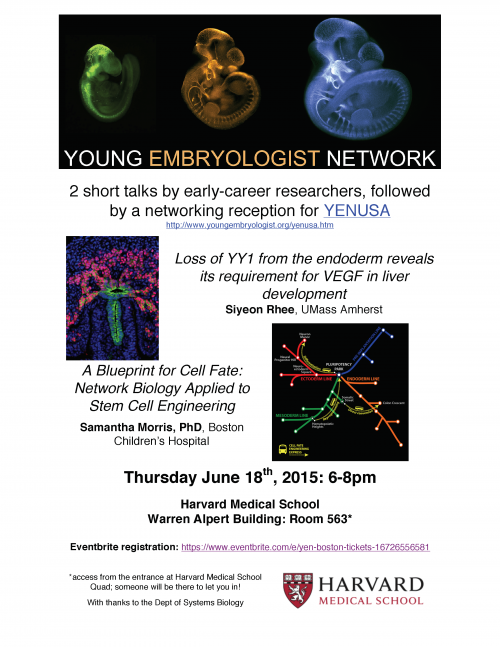
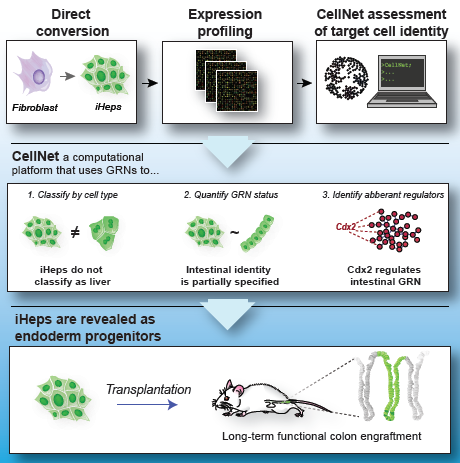
 (4 votes)
(4 votes)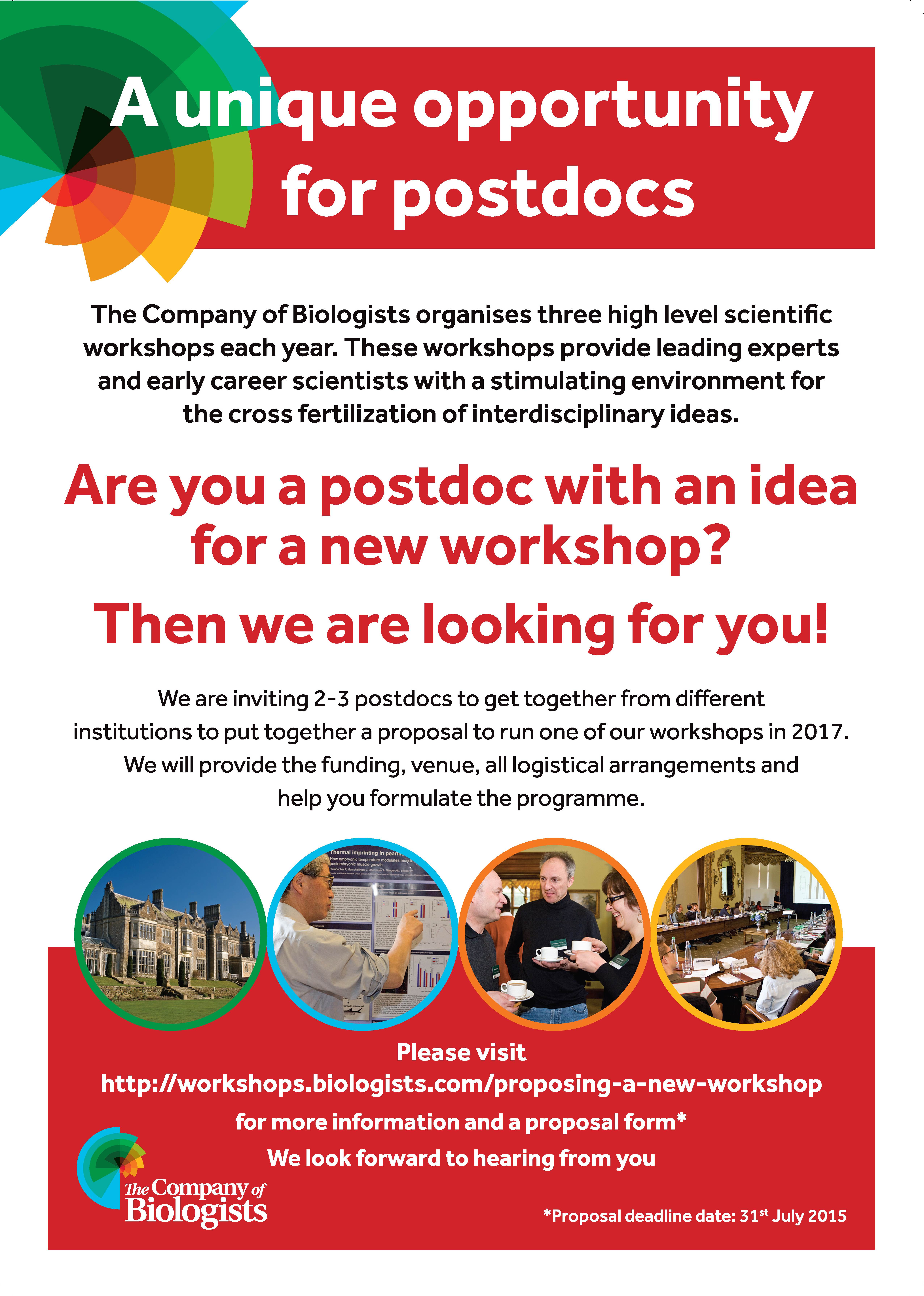
 (No Ratings Yet)
(No Ratings Yet) We’ve been working with the ISSCR, and with European stem cell projects PluriMes, HumEn, ThymiStem and NeuroStemcellRepair, on a public event to coincide with the ISSCR meeting in Stockholm next month. It kicks off with an informal, interactive reception, followed by a moderated conversation between four leading scientists on stem cells and the ageing brain, with questions and comment from the audience. This free event offers a unique opportunity to hear, discuss and ask questions about what is happening in this fascinating field.
We’ve been working with the ISSCR, and with European stem cell projects PluriMes, HumEn, ThymiStem and NeuroStemcellRepair, on a public event to coincide with the ISSCR meeting in Stockholm next month. It kicks off with an informal, interactive reception, followed by a moderated conversation between four leading scientists on stem cells and the ageing brain, with questions and comment from the audience. This free event offers a unique opportunity to hear, discuss and ask questions about what is happening in this fascinating field.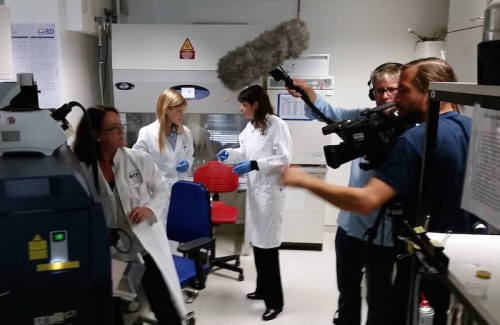 Three new films produced by the German Stem Cell Network focus on three scientists and their research: on blood, cancer and neuronal stem cells. Watch the films in English or German, featuring Anthony D. Ho, Andreas Trumpp and Magdalena Götz, and find out more about why and how they were made.
Three new films produced by the German Stem Cell Network focus on three scientists and their research: on blood, cancer and neuronal stem cells. Watch the films in English or German, featuring Anthony D. Ho, Andreas Trumpp and Magdalena Götz, and find out more about why and how they were made.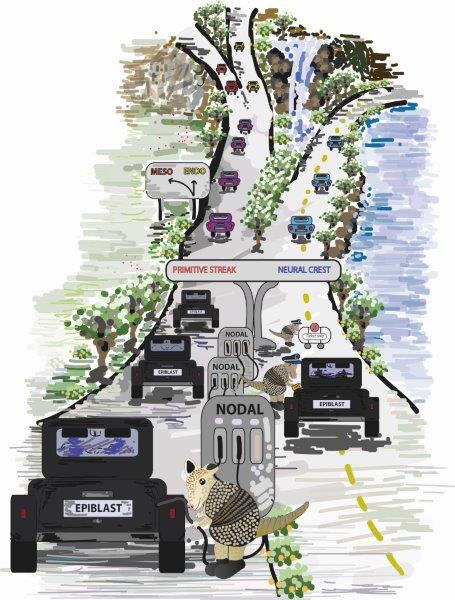 Scientists at DanStem, the Danish Stem Cell Centre, University of Copenhagen have identified one mechanism that explains how some stem cells choose to become a given cell type: the cells combine specific sets of proteins at precise positions along the DNA. When these particular groups of proteins are combined, the gates are opened so that certain groups of genes can now be used, driving the cells towards a new identity.
Scientists at DanStem, the Danish Stem Cell Centre, University of Copenhagen have identified one mechanism that explains how some stem cells choose to become a given cell type: the cells combine specific sets of proteins at precise positions along the DNA. When these particular groups of proteins are combined, the gates are opened so that certain groups of genes can now be used, driving the cells towards a new identity.